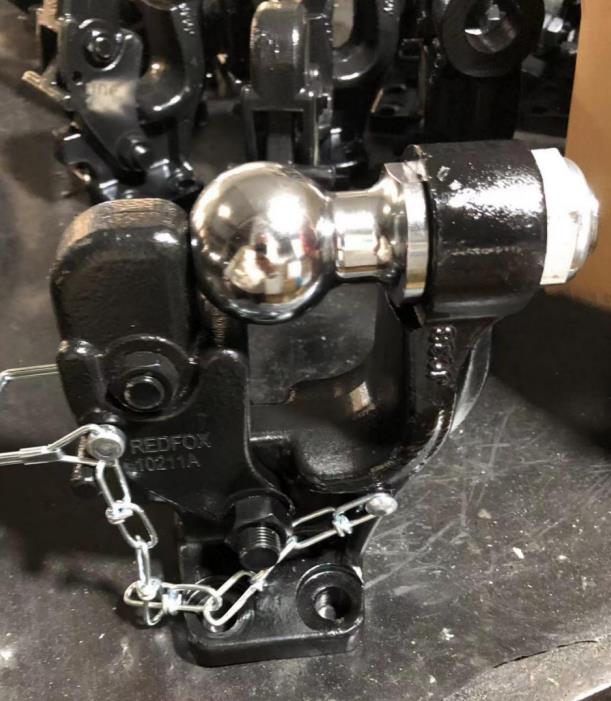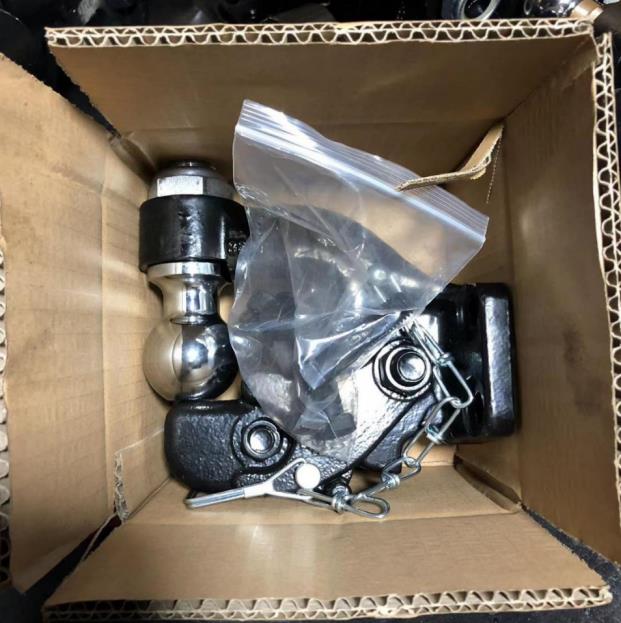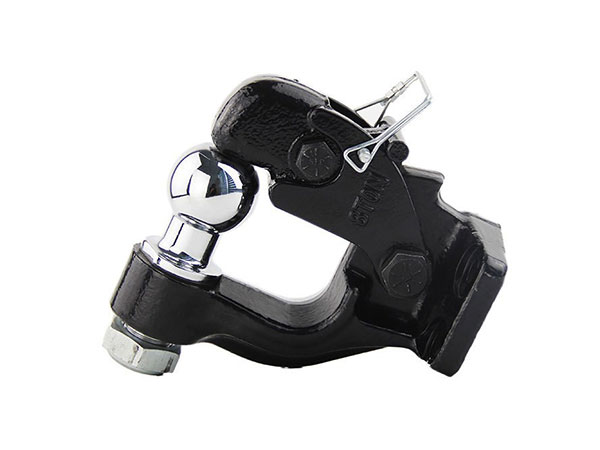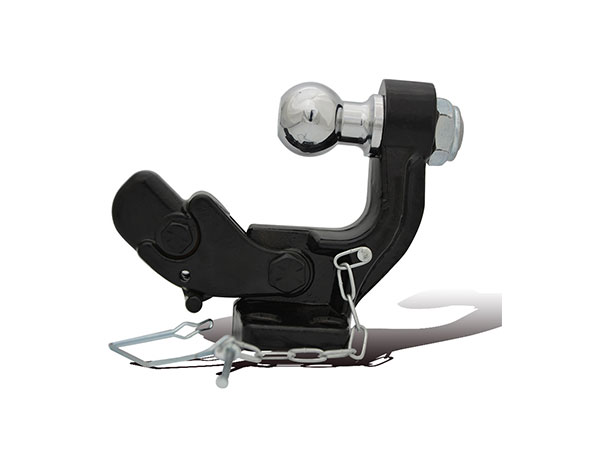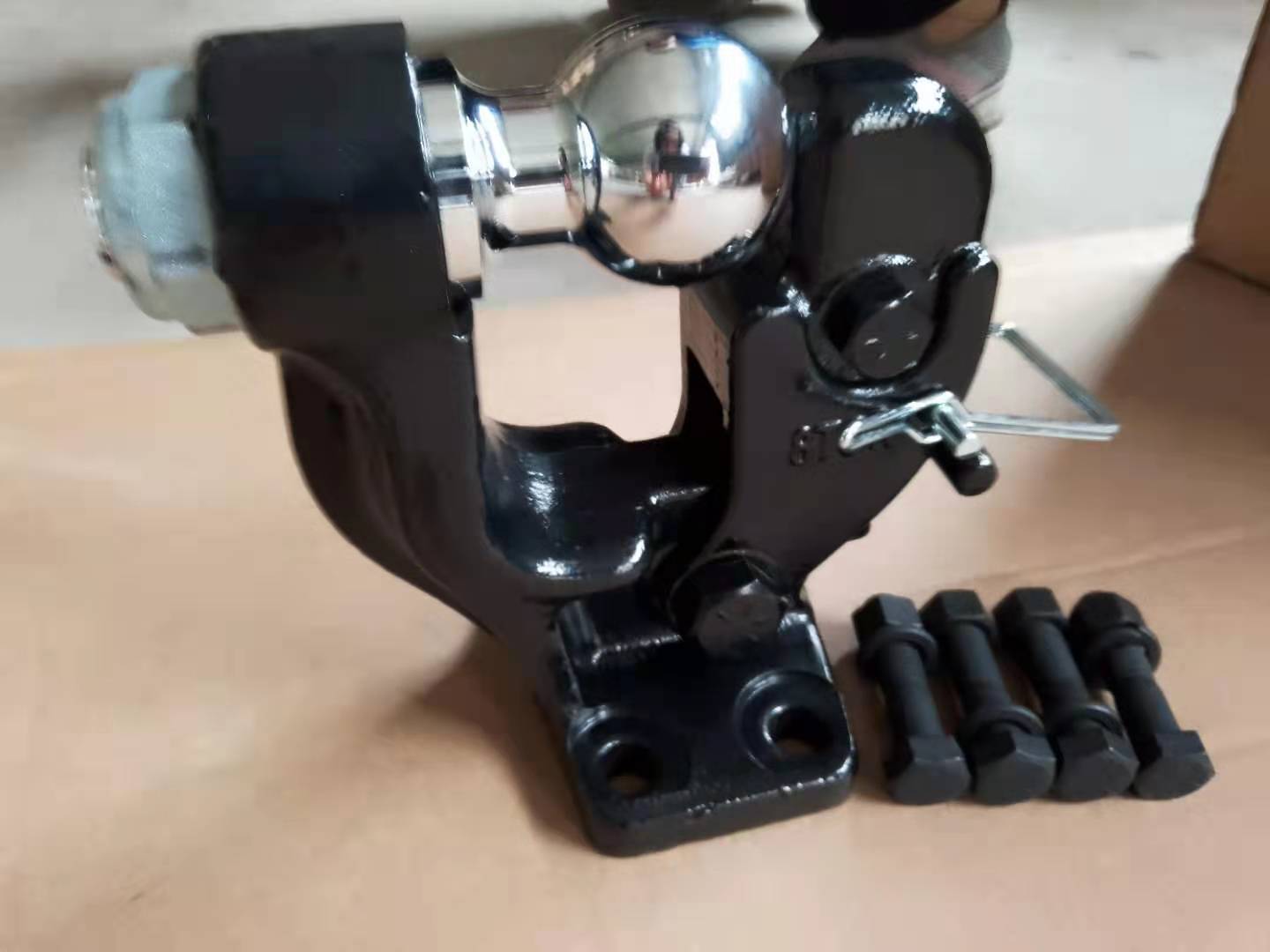10T Pintle Hook Hitch With 50MM Ball
Pintle hooks have several advantages over other types of hitch systems such as:
1. Durability: Pintle hooks are made of heavy-duty materials such as cast iron or steel, which makes them resistant to wear and tear and able to handle heavy loads.
2. Versatility: Pintle hooks are versatile and can be used with a range of vehicles, trailers, and equipment that require different weight capacities.
3. Ease of Use: Pintle hooks are quick and easy to attach and detach, making it easier for drivers to get on the road quickly.
4. Greater Stability: Pintle hooks provide a more secure and stable connection between the vehicle and trailer, especially when driving on rough terrains or uneven surfaces.
5. Higher Visibility: Pintle hooks are easier to see from a distance, which helps prevent accidents, especially during low-light conditions.
A pintle hook with ball is a towing system commonly used on trucks and trailers. It consists of a ball mounted on a pintle hook, which is a type of towing coupling designed to use a ring or loop as the attachment point for a trailer. The combination of the ball and pintle hook allows for a secure connection between the trailer and the towing vehicle. The pintle hook with ball is often preferred for heavy-duty towing situations due to its durability and ease of use.



Pintle hook with ball specifcation:
Channel mount pintle hook hitch with 2-5/16-inch ball, 14,000 lbs, shank different
Fits 2-5/16" couplers or lunette eyes with a 2-1/2" or 3" inside diameter
Spring-loaded locking arm for secure coupling
Protected by a highly durable carbide powder coat finish
Includes pintle hook spare parts
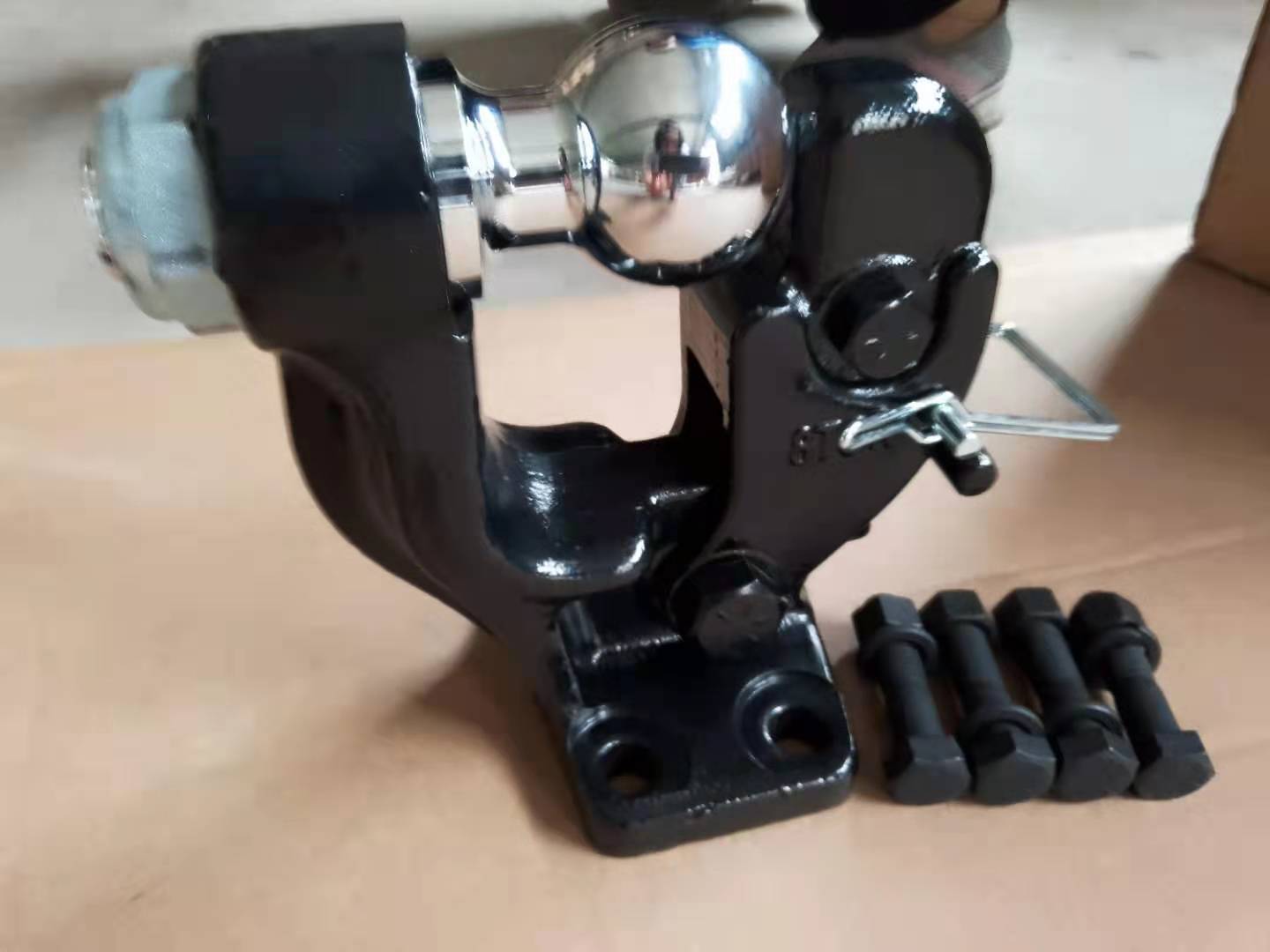
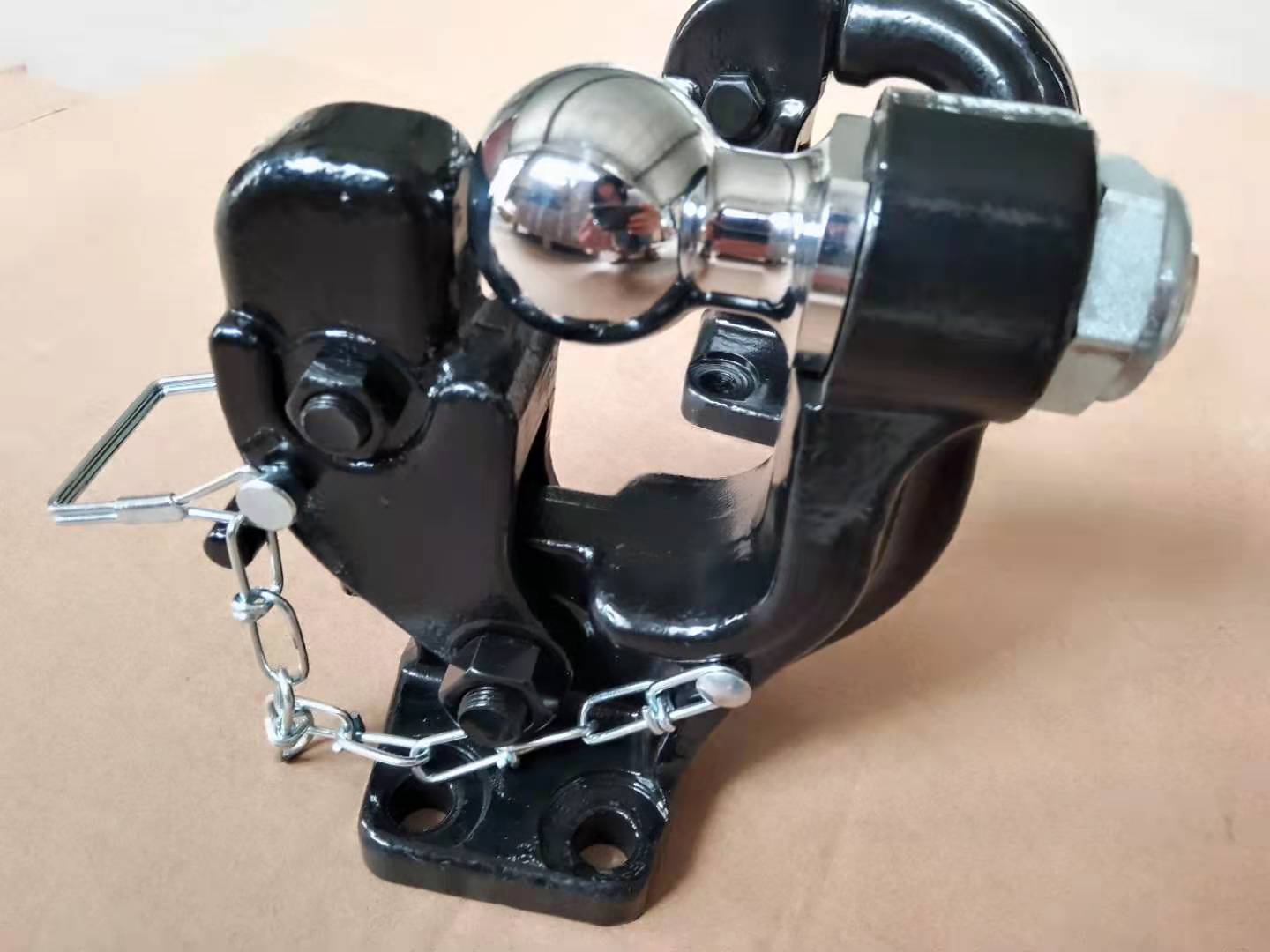
Product Package
1 pieces each box, strong pallet



Pintle hook application
A pintle hook is a type of trailer hitch that is commonly used on heavy-duty trucks and military vehicles. It is a device that attaches to a trailer tongue and allows it to be connected to the towing vehicle.
Some common applications of pintle hooks include:
1. Towing large trailers, such as horse trailers or construction equipment trailers
2. Hauling military equipment, such as tanks or artillery
3. Off-road vehicles, such as jeeps or trucks that require extra towing strength and durability
4. Heavy-duty industrial equipment like generators, pumps, or compressors.
It is important to note that the use of a pintle hook requires proper installation and maintenance to ensure safe and reliable towing. It is also important to match the pintle hook to the weight and load capacity of the towing vehicle.

Pintle hook production process
1. Material selection: The first step is to select the appropriate raw materials such as high-strength steel, alloy steel, or cast iron, depending on the desired properties of the pintle hook.
2. Cutting: The selected material is cut into the desired size and shape using saws or plasma cutters.
3. Forging: Forging is the process of shaping the metal under extreme pressure. In the case of pintle hooks, forging is used to shape the material into the basic form of the hook.
4. Heat treatment: Heat treatment is used to increase the strength and durability of the metal. The hook is placed in a furnace and heated to a high temperature, then cooled rapidly to harden the metal.
5. Machining: After heat treatment, the hook is machined to create mounting holes or other features required for assembly.
6. Surface finishing: The hook is then finished with a protective coating or finish, such as painting or galvanizing, to protect the metal from rust and corrosion.
7. Assembly: The finished pintle hook is then assembled with other components, such as mounting brackets and safety chains, to complete the final product.
